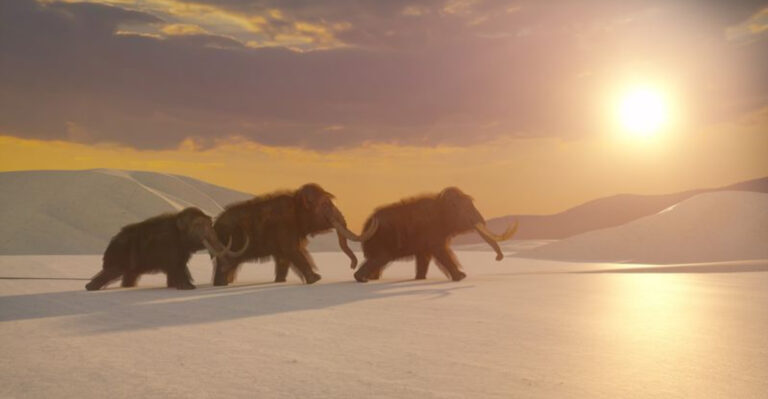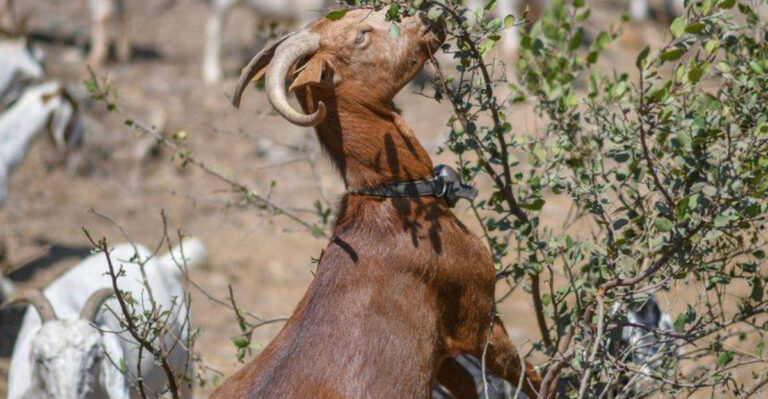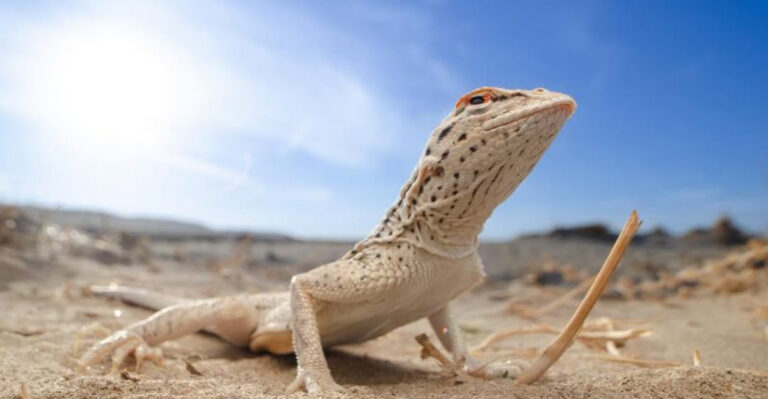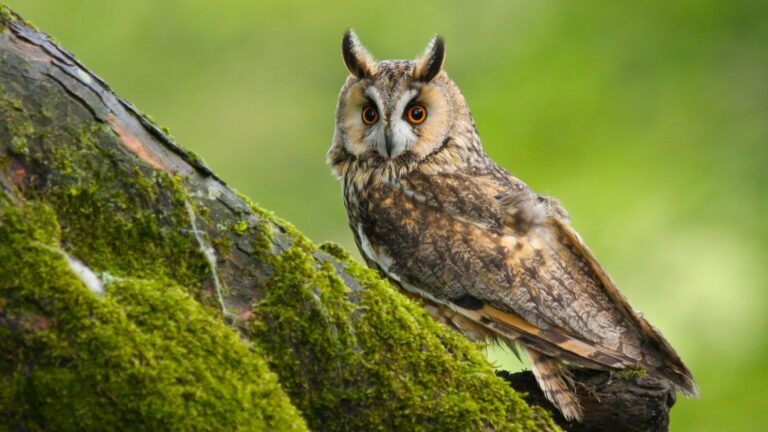14 Most Lethal Animals In The U.S. You Should Never Mess With
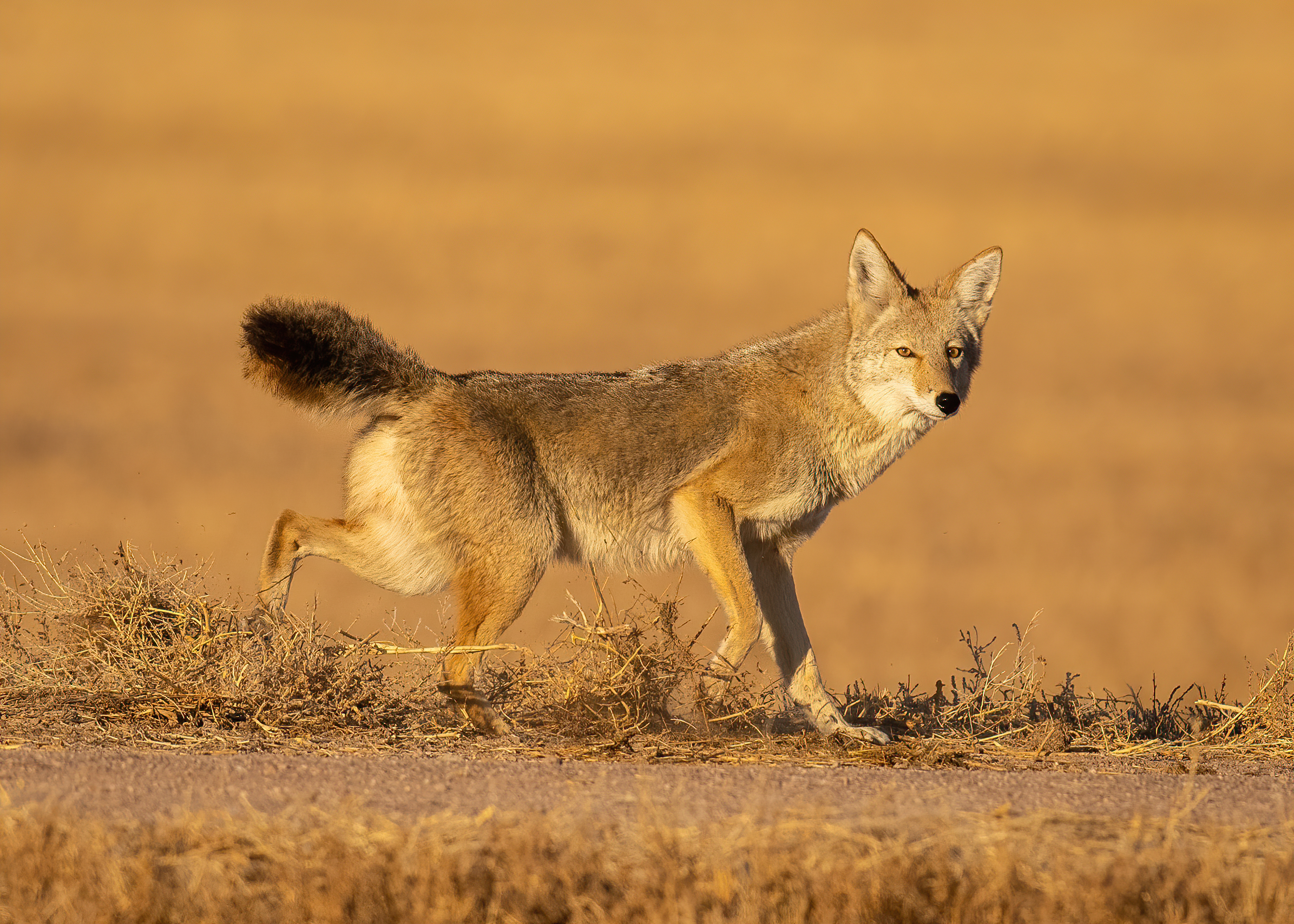
Ever wondered which animals in the United States are considered the most dangerous? What factors put them on this list of caution?
I’ve dug into the research to bring you the facts, and some of these creatures might surprise you. Let’s count down the top contenders and share tips on how to stay safe around them. Ready? Let’s dive in!
14. Black Widow Spider
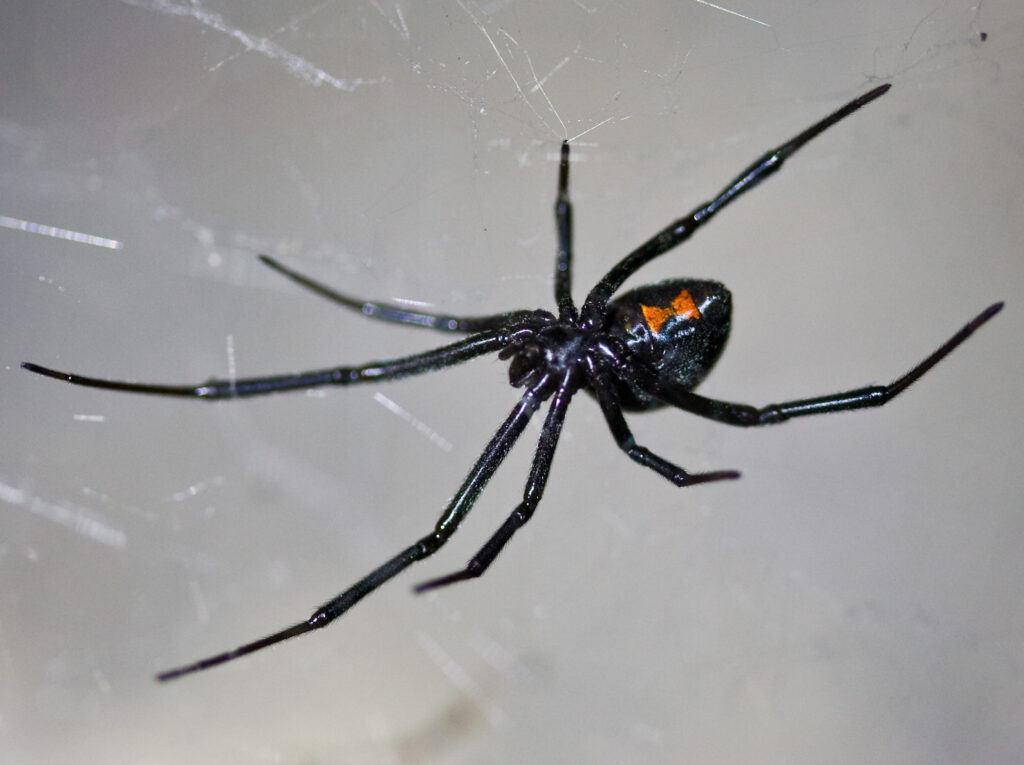
Credit: Wikipedia
Habitat: Southern and western U.S., often in dark, sheltered areas like woodpiles and sheds
The black widow spider is one of the most venomous spiders in North America, easily recognizable by the red hourglass marking on its abdomen.
Although bites are rare, their venom can cause severe pain and muscle cramps, particularly in children and the elderly. These spiders tend to be shy and bite only when disturbed or threatened. Being vigilant about checking dark spaces and wearing gloves when working outdoors can reduce bite risks.
Immediate medical attention is recommended if bitten, especially for vulnerable individuals.
13. Coyotes
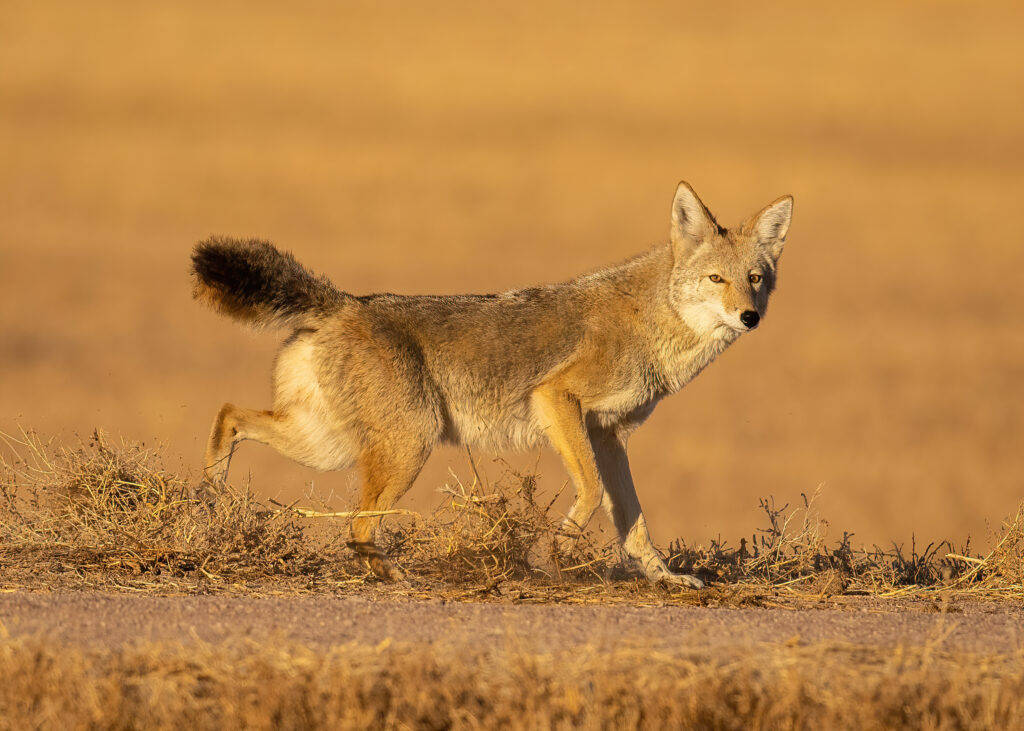
Credit: Shutterstock
Habitat: Throughout the continental U.S., especially suburban and rural areas
Coyotes are highly adaptable predators known for their intelligence and opportunistic hunting skills. While generally avoiding humans, they can become aggressive when protecting their young or when food is scarce.
Coyotes have been known to attack small pets and, in rare cases, pose a threat to humans, especially children. Their ability to thrive in urban environments means encounters are becoming more common, so caution is advised. Understanding their behavior and securing food sources can help prevent conflicts.
12. Wolves
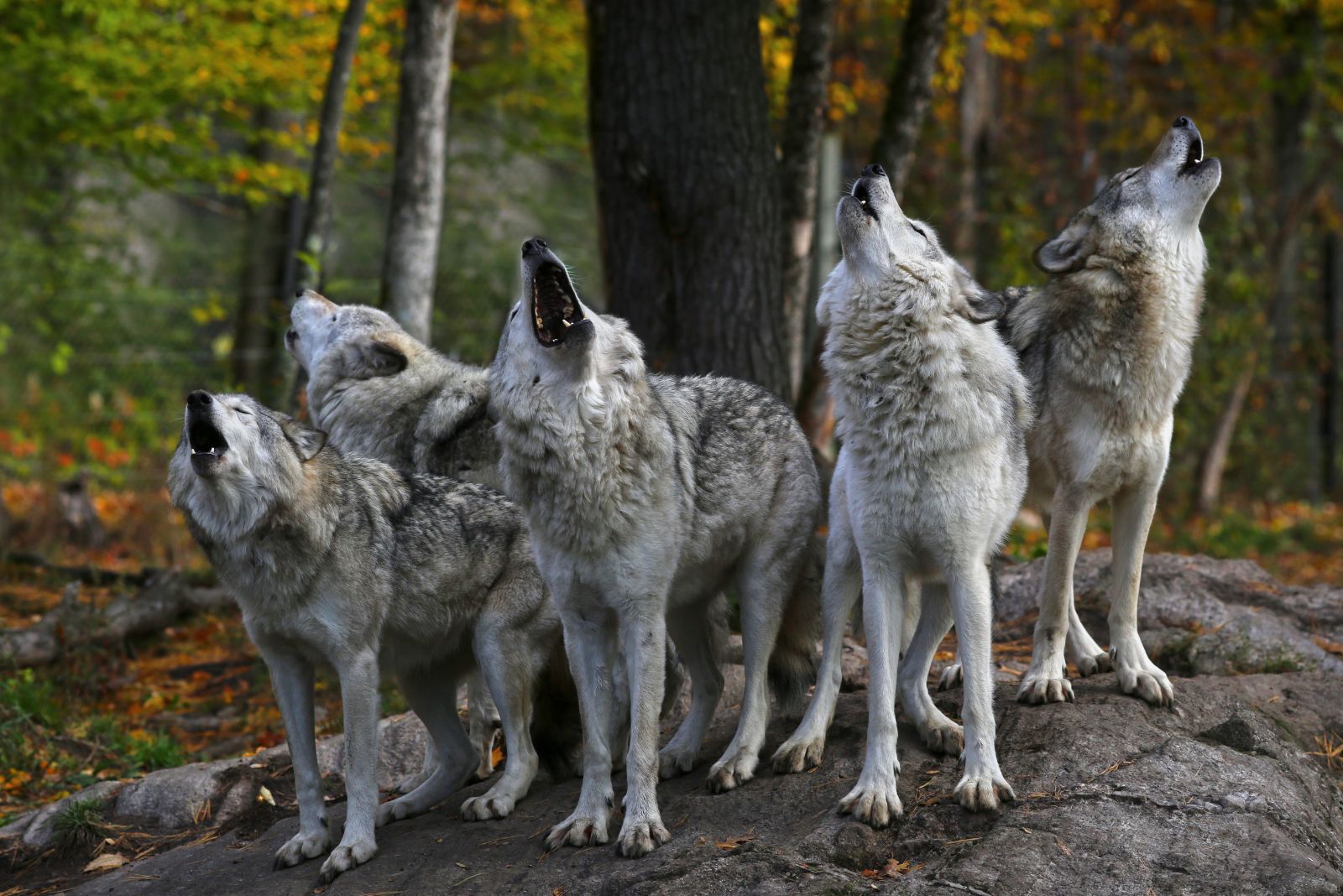
Habitat: Alaska, Northern Rockies
Wolves are powerful and intelligent predators, known for their pack mentality. While they generally avoid human interaction, an encounter with a pack can be dangerous. Wolves are highly territorial and can be aggressive if they feel threatened or if their pack is in danger.
These apex predators have been known to attack livestock, and in rare cases, they might pose a risk to humans, especially if they are sick, hungry, or provoked. Wolves rely on their strong sense of smell and agility to hunt in packs, making them highly effective hunters.
While attacks on humans are rare, hikers, campers, and hunters in wolf territories should take precautions. It is essential to respect their space and avoid cornering or threatening them. If you come across a wolf, it’s crucial to remain calm, avoid direct eye contact, and slowly back away to prevent escalating the situation.
11. Cougars (Mountain Lions)
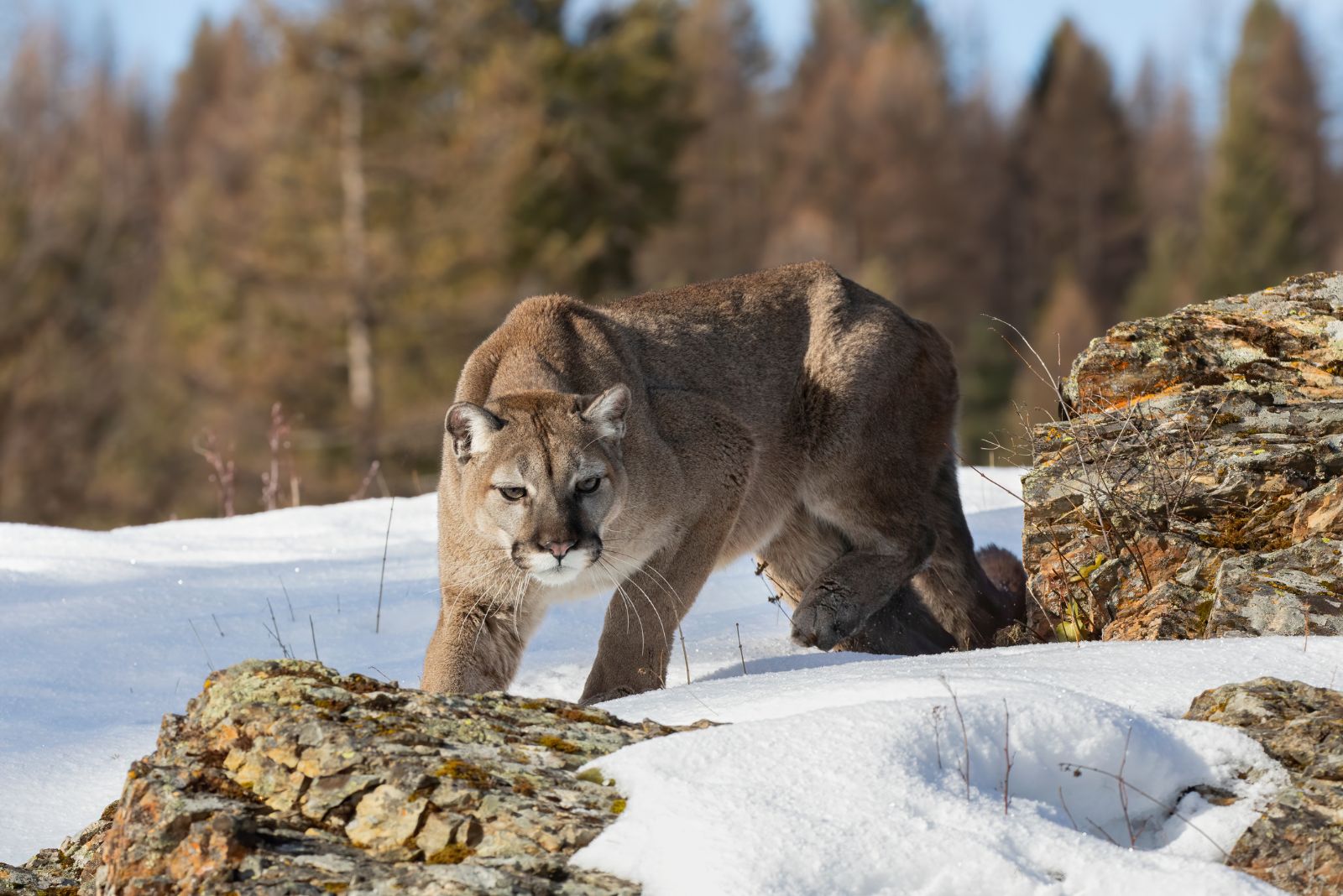
Habitat: Western U.S., Florida, Arizona
Cougars, also known as mountain lions, are one of North America’s most elusive predators, but their solitary and stealthy nature makes them even more dangerous when encountered in the wild. Known for their powerful build and sharp claws, they are capable of taking down prey much larger than themselves, such as deer.
While they typically avoid human contact, attacks on people, though rare, have been reported. These big cats are especially dangerous when they feel threatened, cornered, or when their young are at risk. Cougars tend to be most active during dawn and dusk, which increases the likelihood of encounters in mountainous or forested areas.
If you are in cougar territory, it’s important to be aware of your surroundings, make yourself appear larger by raising your arms or a jacket, and never run away, as this could trigger a predatory chase response. If a cougar approaches, back away slowly, maintaining eye contact, and seek shelter or safety.
10. Moose
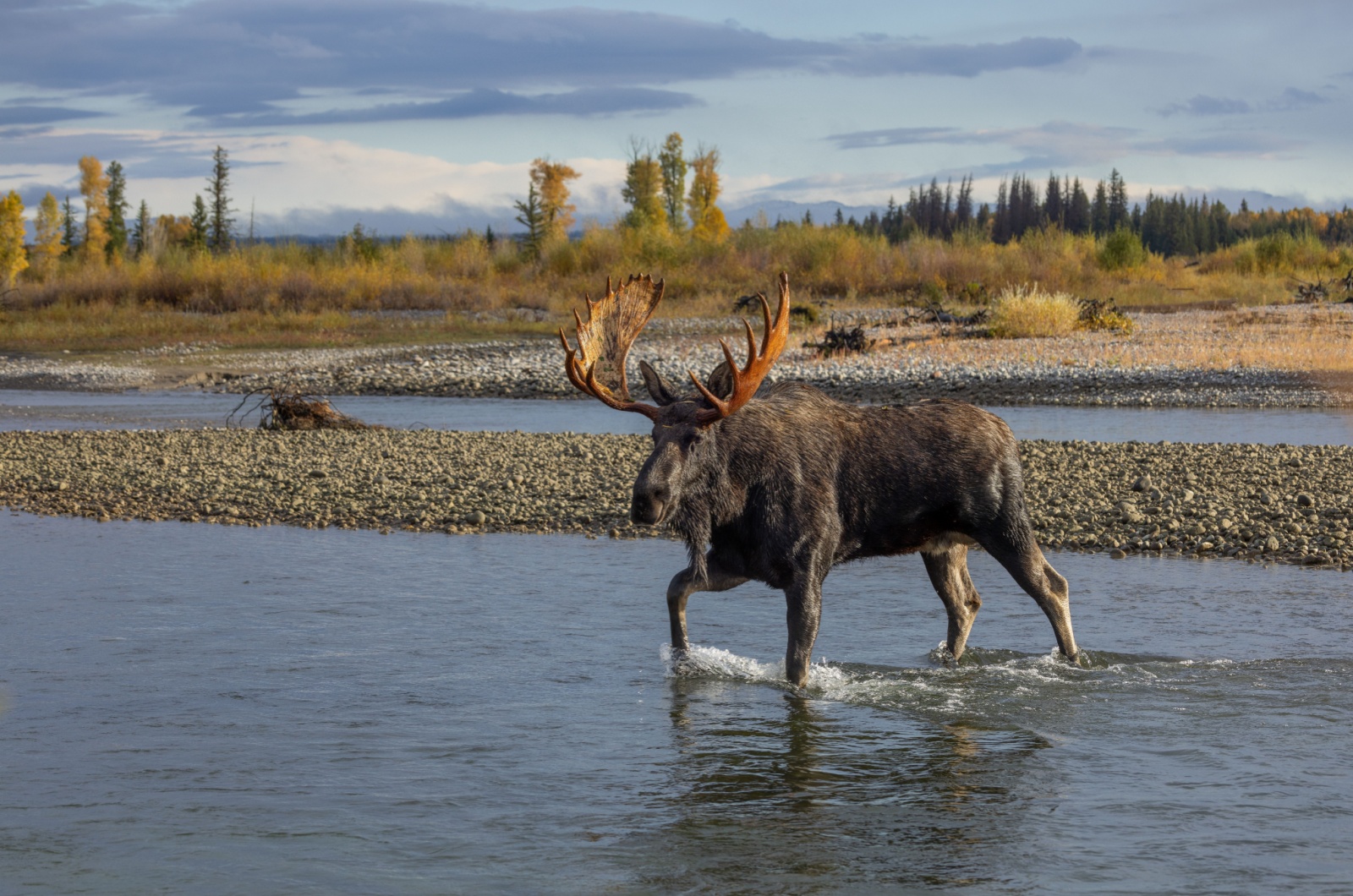
Habitat: Maine, Washington, Alaska
Moose may appear calm and majestic, but these giant creatures can pose a serious threat if they feel threatened, especially during mating season or when a mother is protecting her calves.
With their impressive size, standing up to 6 feet tall at the shoulder and weighing over 1,500 pounds, they can easily charge at high speeds. While moose are herbivores, their strength and aggression make them a formidable presence in the wild.
Hikers in Alaska and other northern regions should be cautious and avoid getting too close, as moose are often found in areas with dense vegetation.
These animals have been known to charge unexpectedly, and their powerful hooves can cause serious injury to both humans and vehicles. It’s best to respect their space and maintain a safe distance.
9. Grizzly Bears
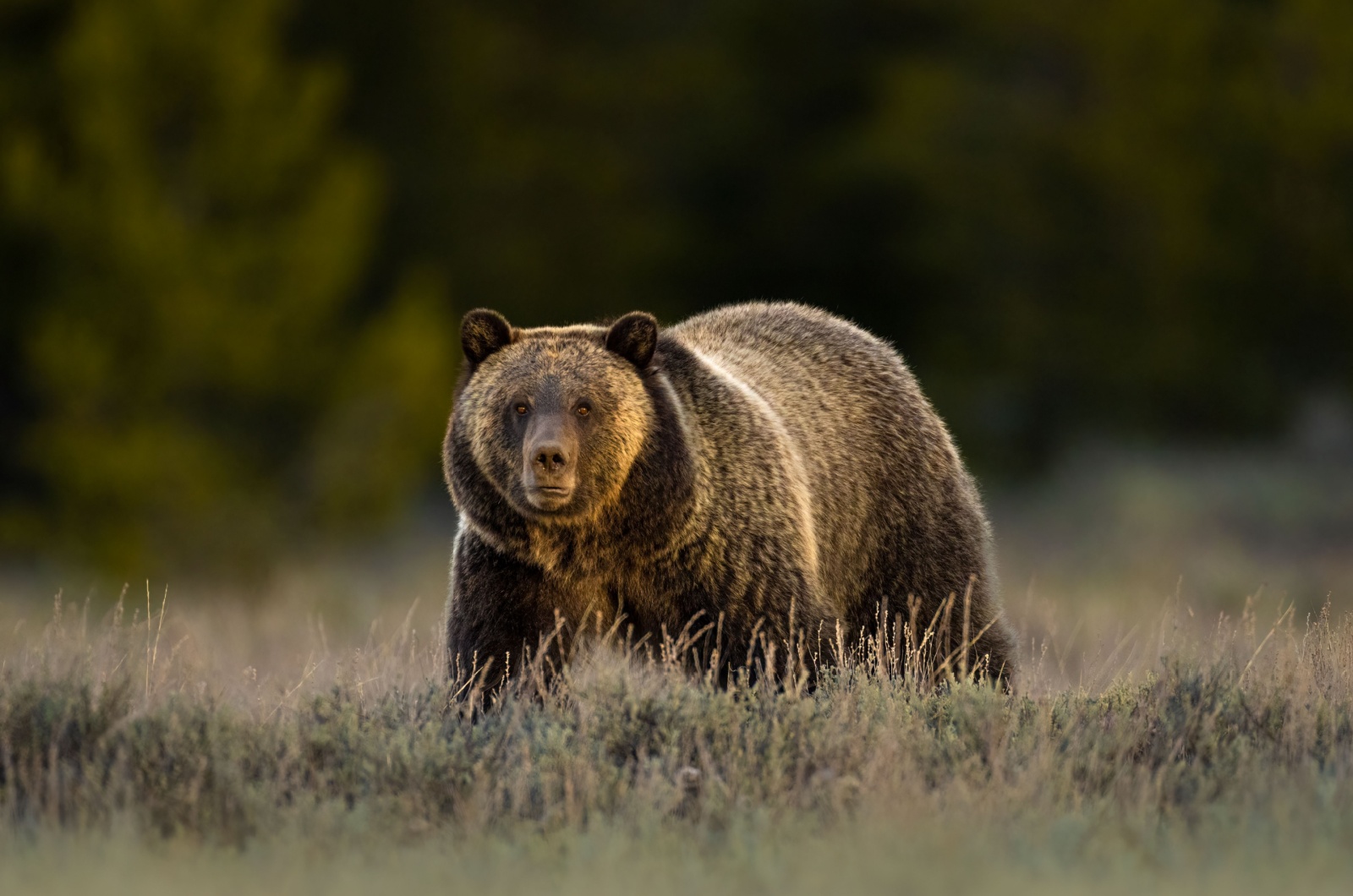
Habitat: Alaska, Wyoming, Idaho, Washington, Colorado, Alaska
Grizzly bears are an iconic symbol of wilderness, but they are also one of the most dangerous animals in the U.S. These massive animals can weigh more than 600 pounds, and their claws are capable of delivering devastating blows.
A female grizzly protecting her cubs is particularly dangerous, as she will not hesitate to attack anything she perceives as a threat. They are fast, agile, and have an incredible sense of smell that allows them to detect food from miles away.
If you encounter a grizzly bear, it’s important to stay calm, avoid direct eye contact, and slowly back away. Carrying bear spray while hiking in grizzly bear territory is a must, as it has been proven to be highly effective in deterring attacks. Never approach a bear or try to feed one, as this can encourage dangerous behavior.
8. American Alligator
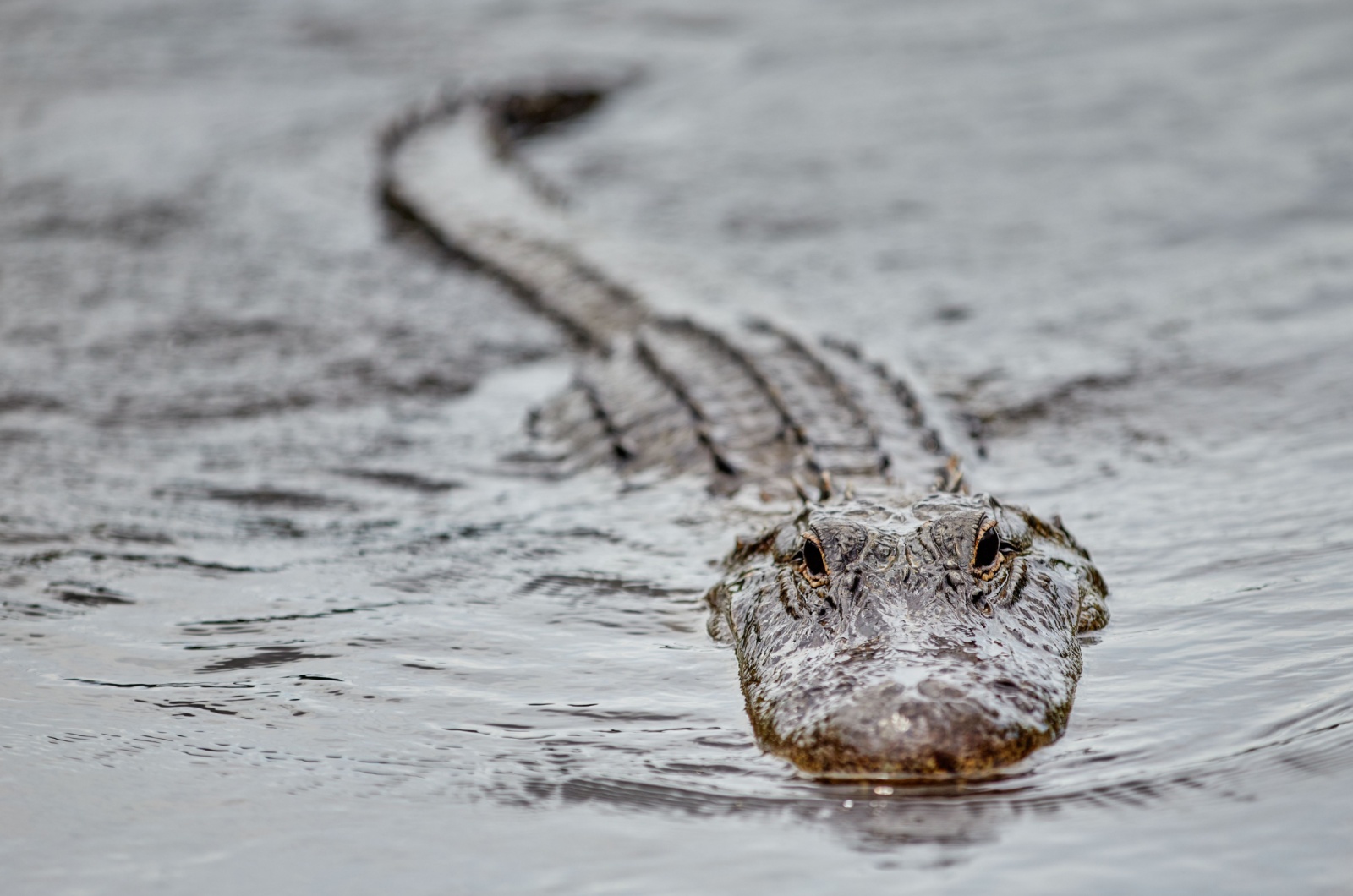
Habitat: Florida, Texas, Georgia, Alabama, South Carolina
The American alligator is a terrifying yet fascinating creature that roams the swamps and marshes of the southeastern U.S. Although they are typically slow on land, alligators are fast and agile in the water, capable of launching themselves out of the water to catch prey.
These reptiles are opportunistic hunters, and humans can sometimes be mistaken for prey when near their territory. Alligators are particularly dangerous in the spring and summer when they are most active. They are also known to be territorial, and their aggressive nature can lead them to attack if they feel provoked or threatened.
While fatal attacks are rare, alligator bites can cause severe injuries due to their powerful jaws and sharp teeth. It’s important to exercise caution near any waterway where alligators are known to inhabit, and avoid feeding them as it can lead to aggressive behavior.
7. Eastern Diamondback Rattlesnake
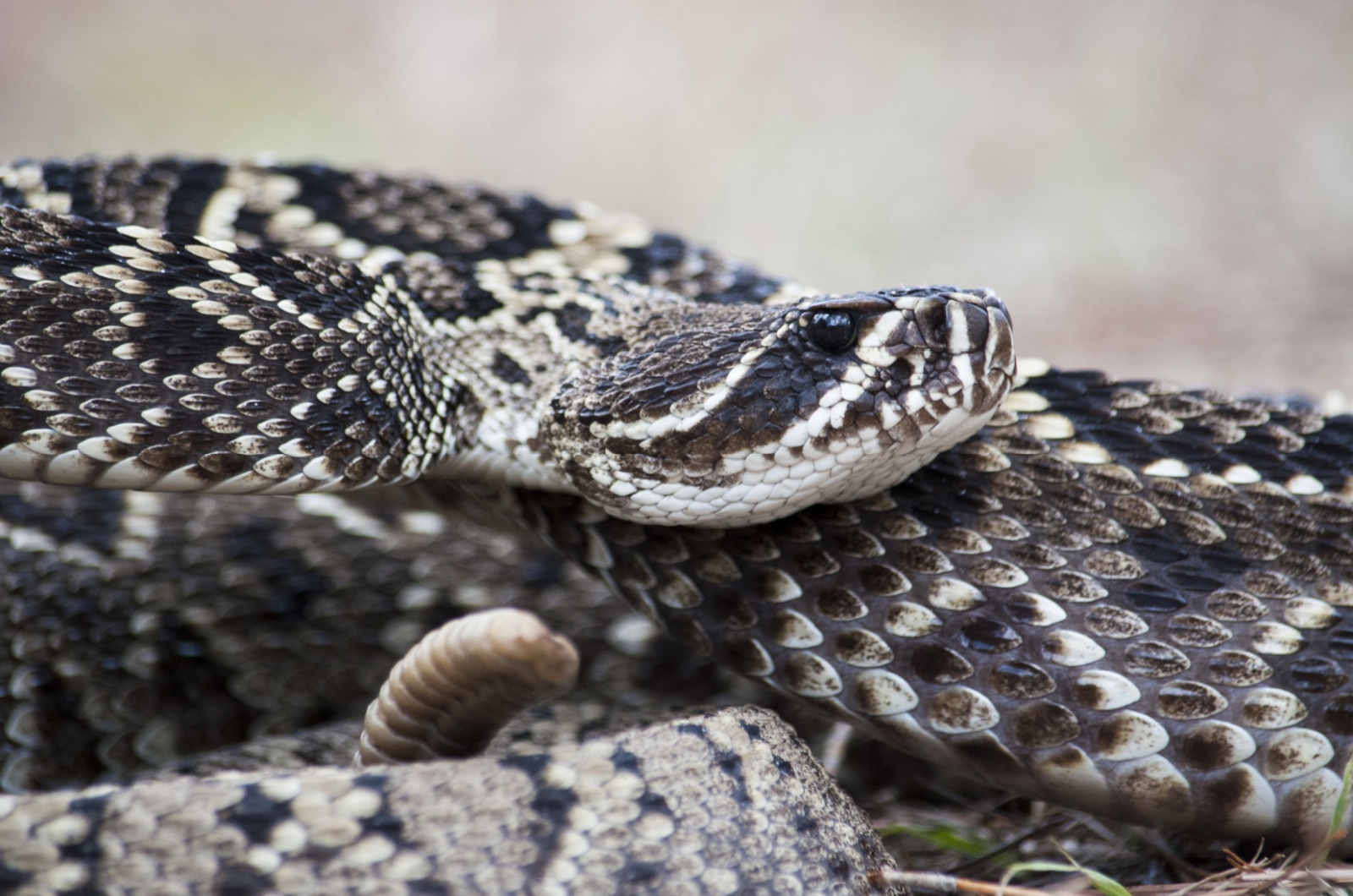
Habitat: North Carolina, Mississippi, Florida, Louisiana
The Eastern Diamondback Rattlesnake is the largest venomous snake in North America, and it is responsible for more snakebite fatalities in the U.S. than any other species. It looks so lethal that you’d be surprised to learn there are animals that even rattlesnakes fear!
Known for the iconic rattle on its tail, this snake uses it as a warning before striking. However, many people don’t heed the warning, which can lead to dangerous encounters. Rattlesnakes typically bite in self-defense when they feel threatened, and their venom can cause significant tissue damage, paralysis, and even death if left untreated.
These snakes are often found in scrublands, pine flatwoods, and other dry habitats, and they are excellent at camouflaging themselves in their environments. If you come across one, it’s crucial to back away slowly and avoid startling it. Rattlesnakes are more active during the warmer months, so be especially cautious when hiking or walking in their habitats.
6. Brown Recluse Spider
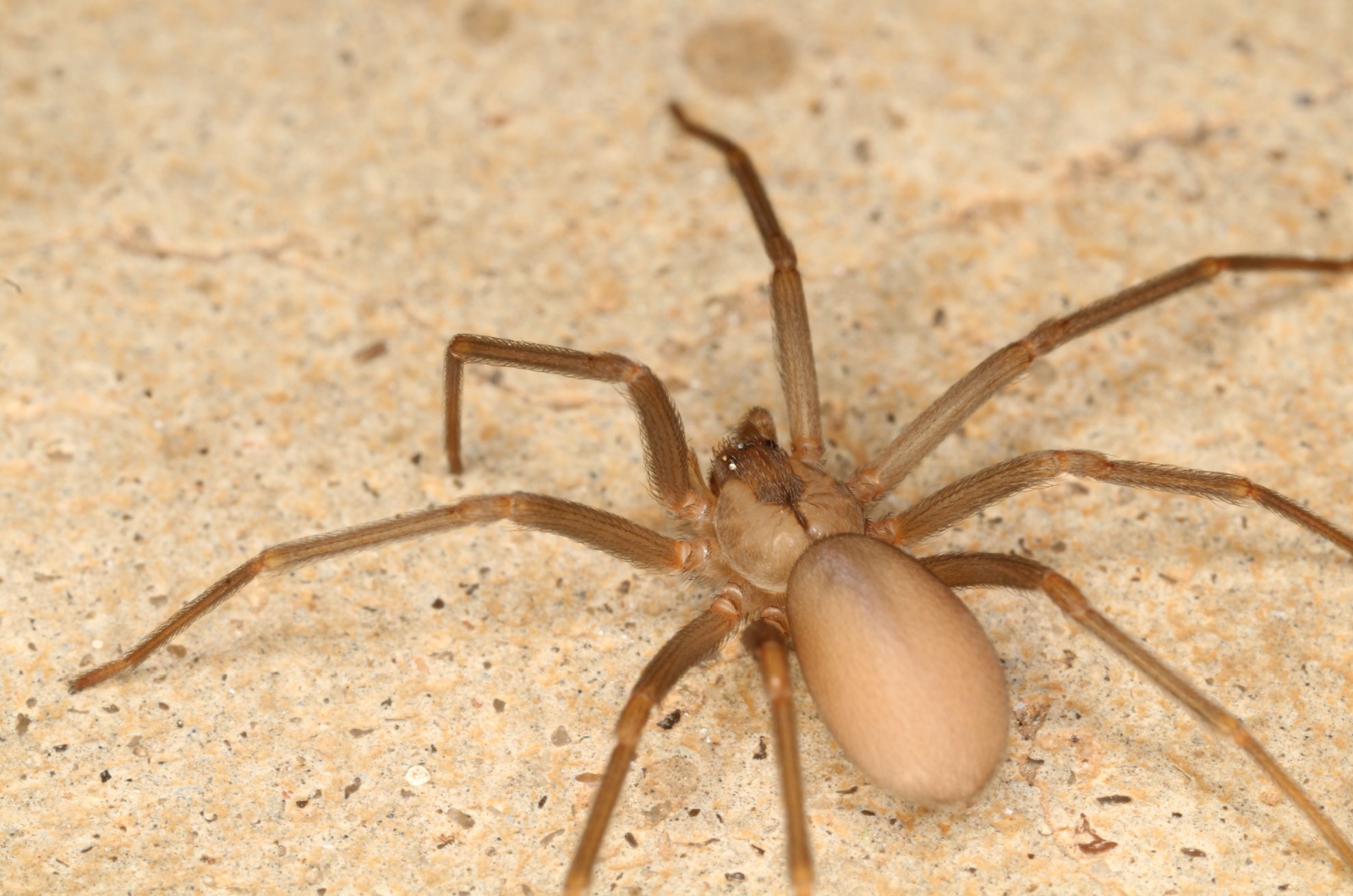
Habitat: Southern California, Ohio, Kansas, Alabama, Texas, Florida, Kentucky
The Brown Recluse Spider is one of the most venomous spiders in the U.S., and while it’s relatively small, its bite can cause severe reactions. These spiders prefer dark, undisturbed areas such as basements, attics, and closets, and they are often found inside homes.
Brown recluse spiders are not aggressive, but they will bite if they feel cornered or provoked. The venom from their bite can cause severe tissue necrosis, leading to ulcers and scarring. In some cases, the bite can even cause systemic reactions like fever and nausea.
Most bites occur when people unknowingly disturb the spider, such as when reaching into a dark area. It’s important to take precautions when handling items stored in dark places and check for spiders before reaching into hidden areas. If bitten, seek medical attention immediately to prevent severe complications.
5. Arizona Bark Scorpion
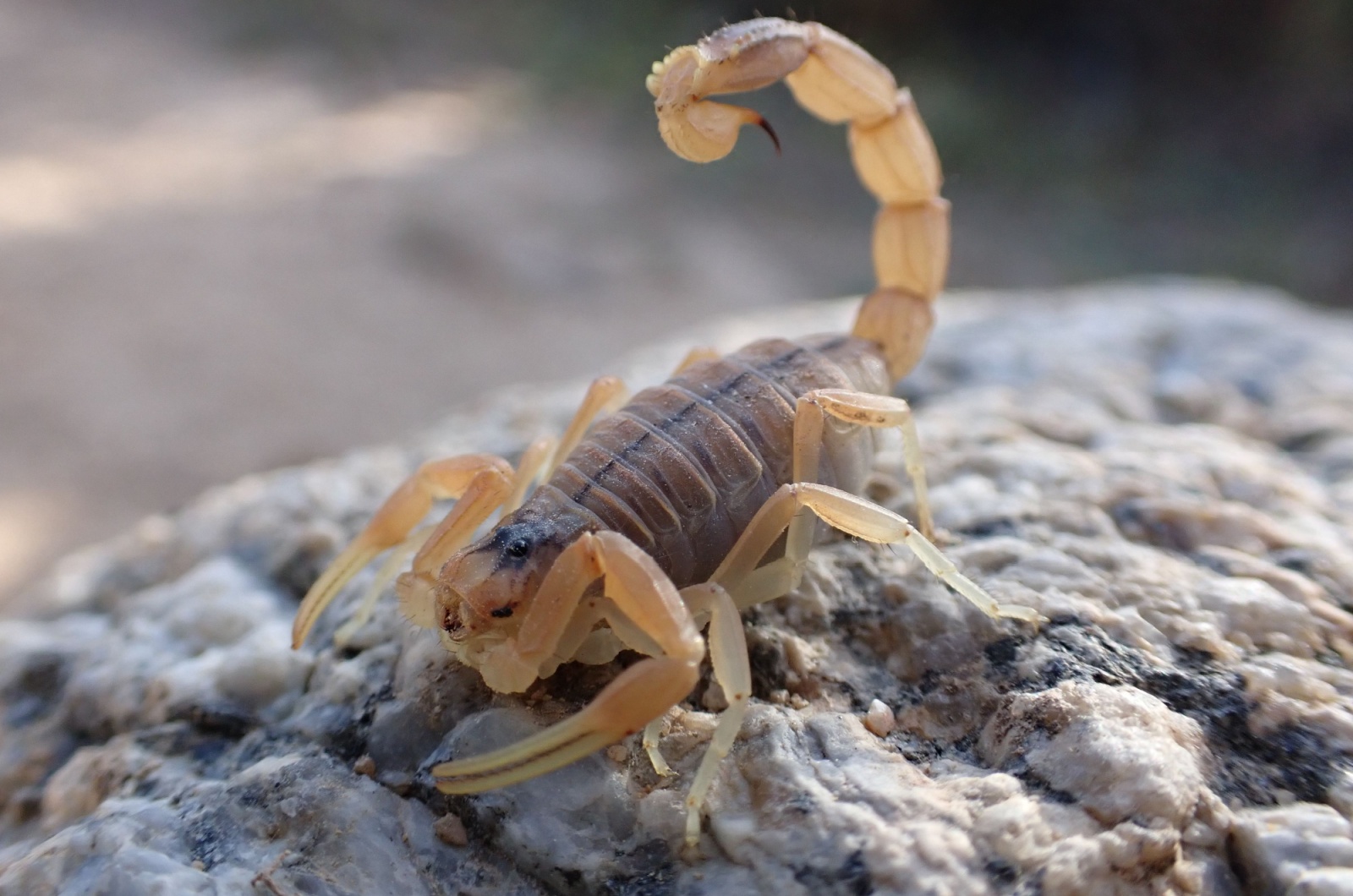
Habitat: Arizona, Sonoran Desert
Despite their small size, the Arizona Bark Scorpion is one of the most dangerous creatures in the U.S. Their sting is incredibly painful and can cause a variety of symptoms, including swelling, numbness, and in some cases, life-threatening reactions.
These scorpions are nocturnal and often hide under rocks, logs, or inside homes during the day. They are known to be more aggressive than other scorpion species and will sting if they feel threatened.
While most stings are not fatal, they can cause severe pain and discomfort, especially for children or the elderly. If you live in or are visiting the Sonoran Desert, it’s important to shake out shoes, blankets, and towels before use to avoid surprise encounters with these dangerous scorpions.
When camping, always check your tent and sleeping bag thoroughly for scorpions to avoid any unwanted stings.
4. Gila Monster
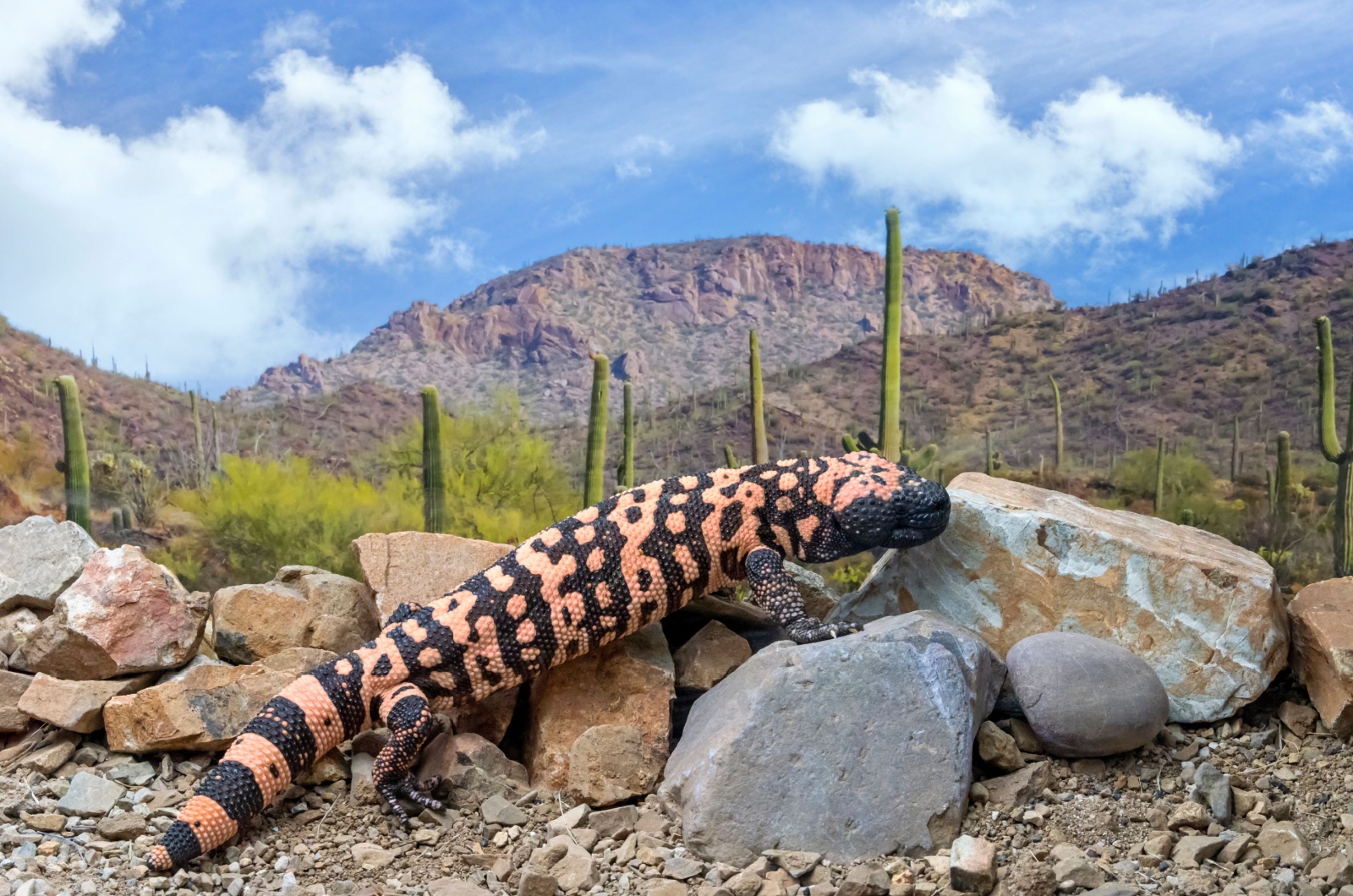
Habitat: Southwestern US
The Gila Monster is one of the few venomous lizards in the U.S., and despite their somewhat slow movement, they can deliver a dangerous bite. These lizards are native to the deserts of the southwestern U.S., and they use their venomous bite to subdue prey like small mammals and birds.
Although Gila Monsters are not aggressive and generally prefer to stay hidden, they will bite if provoked or threatened. The venom in their bite can cause intense pain, swelling, and nausea, and in rare cases, it can be fatal.
Fortunately, Gila Monsters are relatively slow-moving, giving people time to avoid them. They are most active in the warmer months and can be found in desert scrublands, so it’s important to stay vigilant when hiking in their habitat. If bitten, immediate medical attention is necessary to treat the effects of the venom.
3. Farm Animals
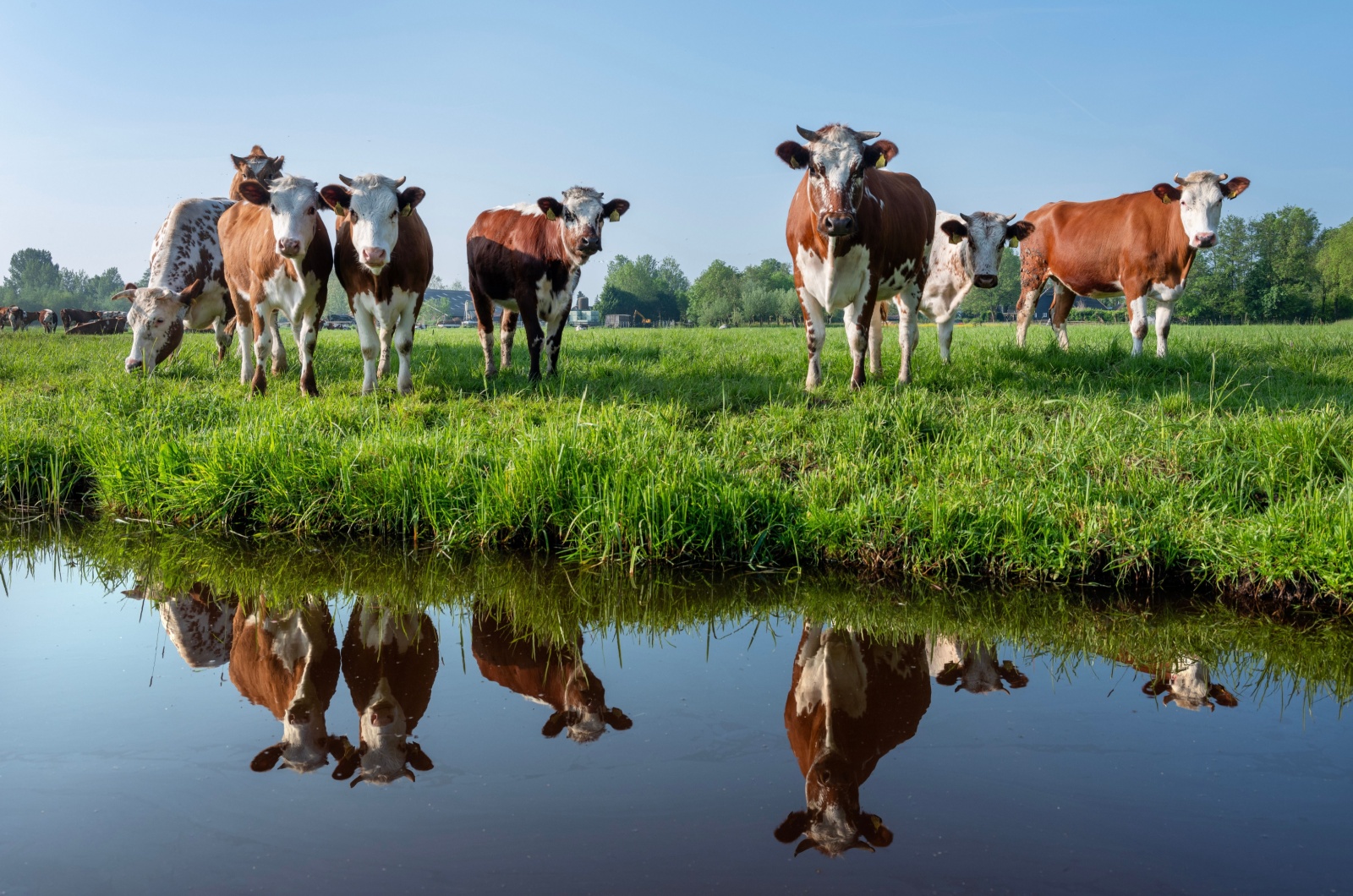
Farm animals, like cows, goats, and horses, may not immediately come to mind when you think of dangerous animals, but they can be unexpectedly lethal.
While they are typically seen as docile creatures, farm animals can cause serious harm if they feel threatened or are handled improperly. Horses, for example, can kick with tremendous force if they are startled, and cows can stampede if they perceive a threat.
Goats can head-butt and cause injury, especially when defending their territory. In fact, each year, farm animals cause hundreds of fatalities and injuries, many of which involve people being kicked, trampled, or gored.
It’s important to always approach farm animals with caution, especially if they’re in unfamiliar or stressed conditions. Respect their space and avoid sudden movements that might provoke them.
2. Bees
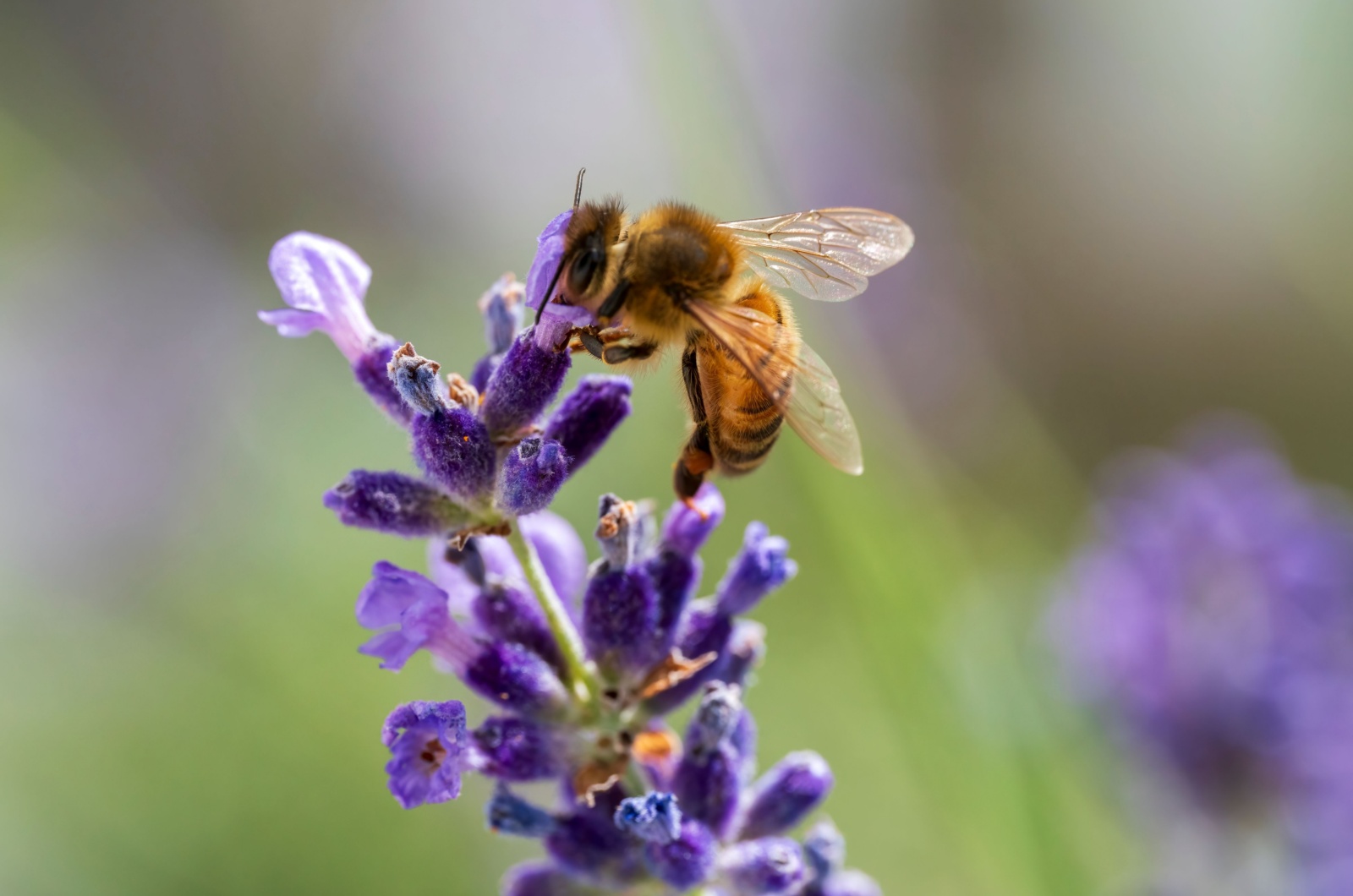
Bees are incredibly important for pollination, but they are also responsible for a surprising number of fatalities each year. While most people are aware that bee stings can be painful, many do not realize the severity of allergic reactions that can result from a sting.
People who are allergic to bee venom can experience life-threatening symptoms, such as anaphylaxis, which can cause difficulty breathing, swelling, and even death if not treated immediately. The presence of honeybees, yellowjackets, and Africanized bees (which are more aggressive) in populated areas increases the risk of stings.
It’s important to carry an epinephrine injector if you are allergic to bee stings and to seek immediate medical attention if stung. Be cautious when near beehives or wasp nests, and if you see a swarm, avoid disturbing it.
1. Deer
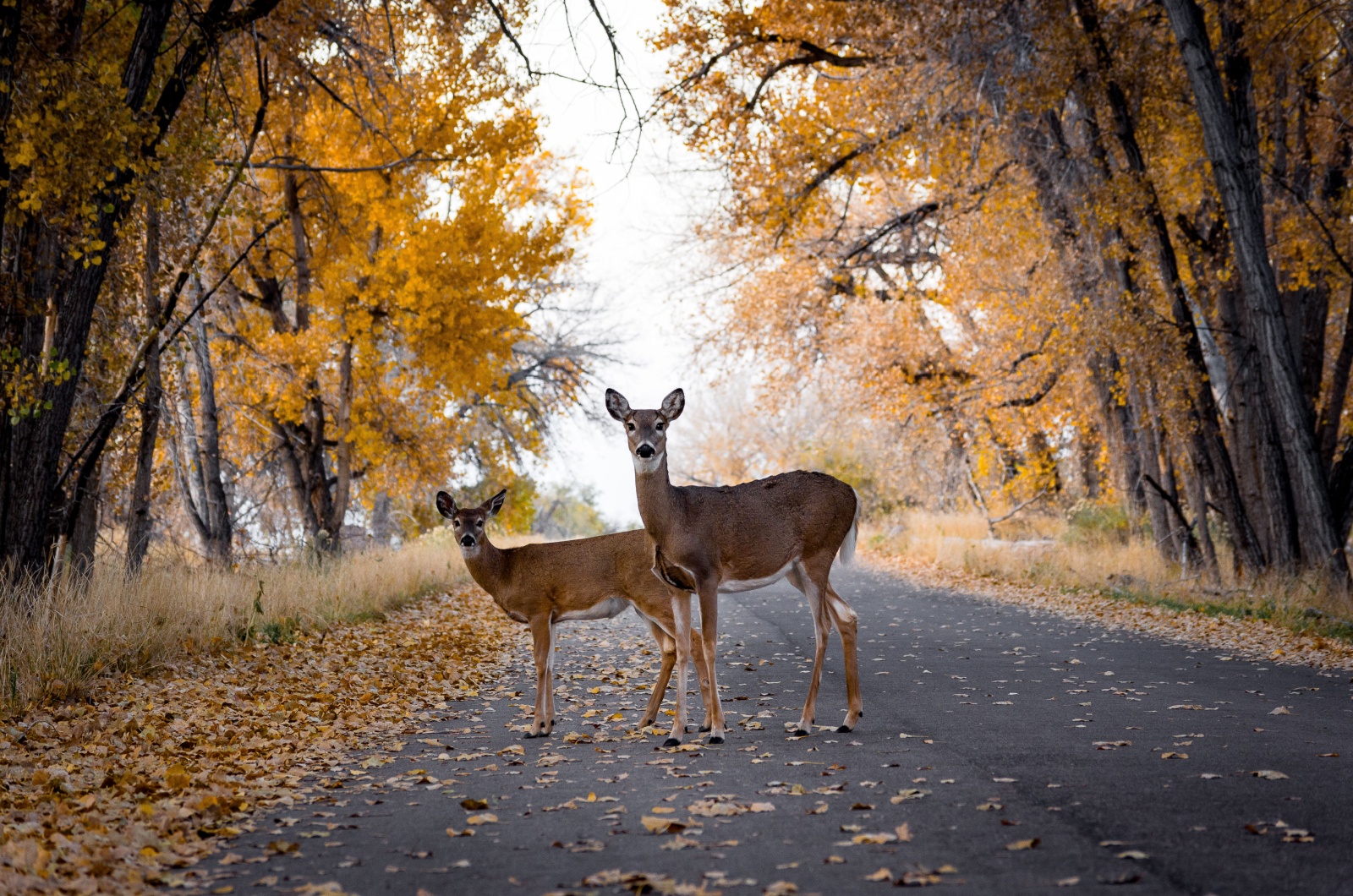
While deer are often seen as peaceful and gentle creatures, they are responsible for more fatalities in the U.S. than any other animal. The vast majority of these fatalities occur from car accidents, particularly during the fall and winter when deer are most active.
Deer often dart into roadways unexpectedly, and their speed and unpredictable movements can result in dangerous collisions. In addition to vehicle accidents, deer can sometimes cause harm by charging or kicking, especially during mating season when males become more aggressive.
It’s important to stay alert when driving through areas with a high deer population, particularly at dawn or dusk when they are most active. Installing deer whistles on your vehicle can help deter them, but the best defense is always vigilance and caution.

